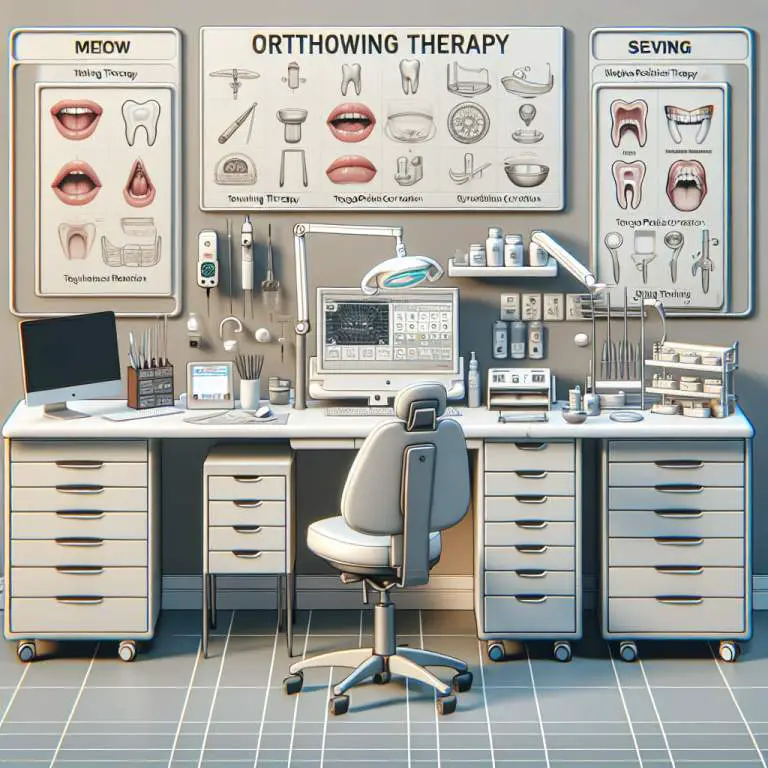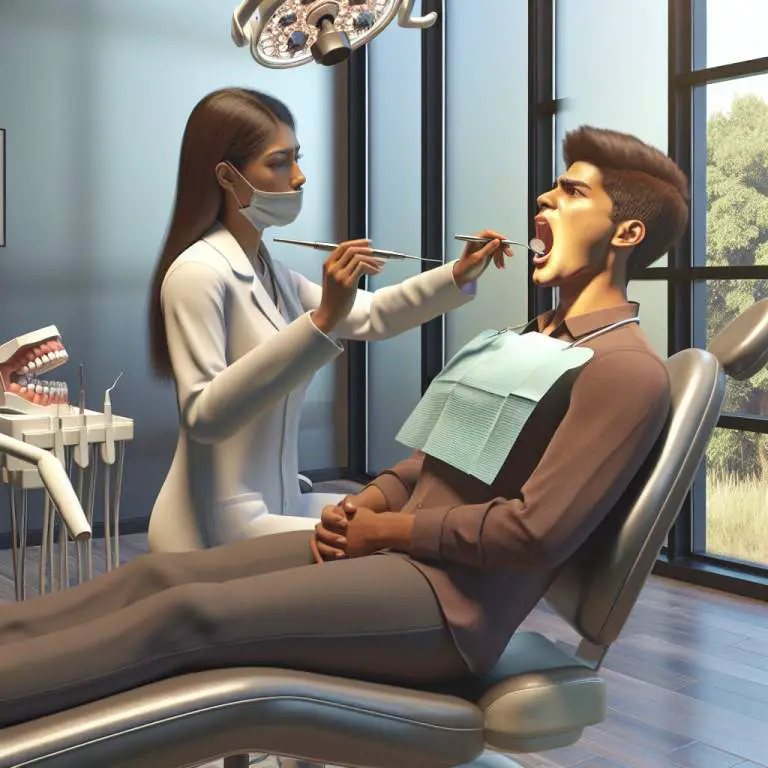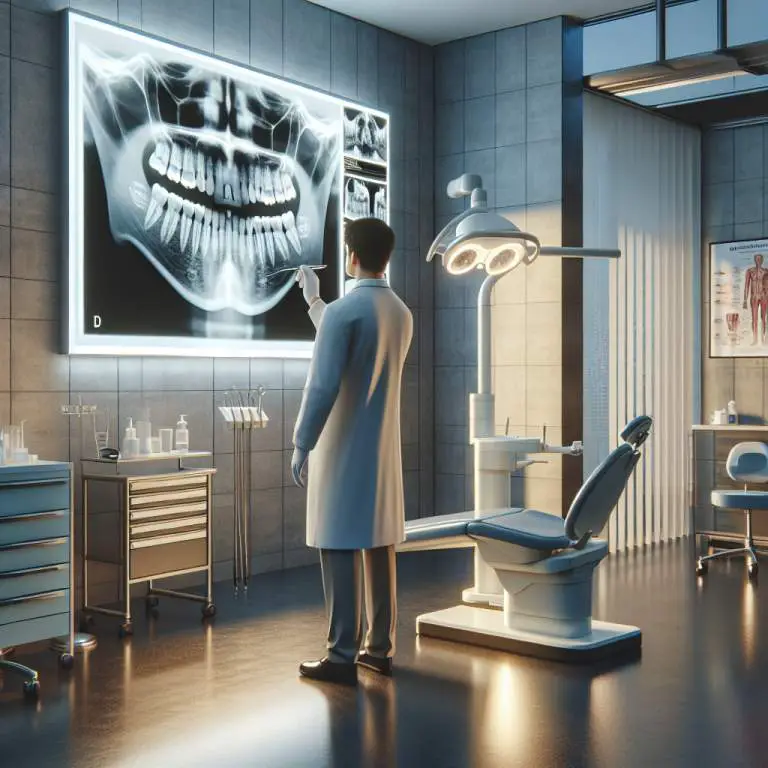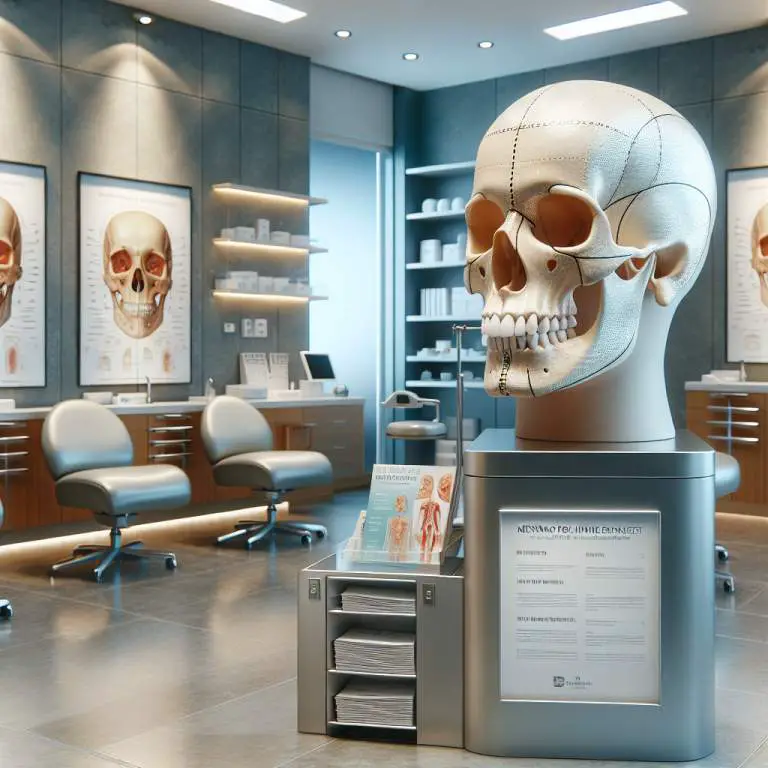Can mewing incorrectly worsen facial asymmetry?
Yes, mewing incorrectly can worsen facial asymmetry. If you do not apply the technique evenly across both sides of your jaw, it might lead to an imbalance in muscle use and bone structure. This uneven pressure can enhance existing asymmetries or create new ones, making it important to practice mewing correctly to avoid worsening facial balance.

How does mewing aim to improve facial structure?
Mewing is a technique that involves positioning your tongue against the roof of your mouth. This action is supposed to help shape your jawline and overall facial structure. The idea is that by doing this regularly, you can make your face look better over time.
People who practice mewing believe it helps with breathing too. They say that when your tongue is in the right spot, it opens up your airways more. This could make it easier for you to breathe, especially at night.
What are common mistakes made while mewing?
One big mistake people make with mewing is not keeping their whole tongue on the roof of their mouth. Some just press the tip of their tongue up there and think that’s enough. But for mewing to work, you need to have as much of your tongue up there as possible.
Another mistake is not being consistent. Mewing isn’t something that shows results overnight. You have to keep at it every day. If you forget or only do it sometimes, you probably won’t see any changes in your facial structure.
Can incorrect mewing techniques lead to increased facial asymmetry?
If you’re not careful, mewing the wrong way can actually make things worse instead of better. For example, if you only push one side of your tongue against the roof of your mouth, you might end up making one side of your face stronger than the other. This could lead to an uneven look.
Also, pushing too hard or in the wrong spots can put pressure on parts of your face that don’t need it. Over time, this might mess up how symmetrical your face looks rather than improving it.
How can you identify if you’re mewing incorrectly?
A sign that you might be doing it wrong is if you feel pain or discomfort in your jaw or teeth. Mewing should feel natural and not cause any pain. If something hurts, it’s a good idea to stop and check if you’re doing it correctly.
You might also be doing it wrong if you notice no changes after a long time of trying. While improvements take time, seeing absolutely no difference could mean that your technique needs adjusting.
| Concern | Improper Mewing Effect | Proper Mewing Goal |
|---|---|---|
| Facial Asymmetry | May worsen if done incorrectly, focusing pressure unevenly | Promote symmetrical facial development |
| Jaw Alignment | Potential misalignment due to uneven muscle use | Improve jaw alignment and definition |
| Bite Issues | Exacerbation of existing bite problems from incorrect tongue posture | Aid in correcting bite over time with consistent practice |
| Nasal Breathing Difficulties | Possible increase in mouth breathing if not mewing correctly, leading to further issues | Encourage nasal breathing, improving overall respiratory health |
| Sleep Apnea/Snoring | Misapplication may aggravate symptoms due to improper airway positioning | Potentially alleviate symptoms by promoting proper airway alignment |
| Cheekbone Definition | Lack of improvement or worsening asymmetry with incorrect technique | Enhance cheekbone definition and facial symmetry |
| Overall Facial Aesthetics | Possible deterioration if mewing is performed asymmetrically | Improve facial aesthetics through balanced muscle engagement and posture |
What steps should be taken to correct improper mewing habits?
To fix bad mewing habits, the first step is becoming aware of your tongue’s position. Your tongue should rest completely against the roof of your mouth, not just the tip. This helps in engaging the right muscles for proper facial structure.
Next, practice swallowing correctly. A good swallow involves the entire tongue pressing up evenly, which strengthens the muscles over time. Regularly checking your posture is also crucial since a straight spine supports better tongue positioning.
Are there professional assessments available for mewing techniques?
Yes, professional assessments for mewing techniques are available. Orthodontists and speech therapists can evaluate your oral posture and swallowing patterns. They use their expertise to identify any incorrect habits you might have developed.
These professionals can provide personalized advice and exercises tailored to your needs. They might use tools like mirrors or tactile feedback devices to help you understand and improve your technique.
How long does it take to see improvements in facial symmetry through proper mewing?
The time it takes to see improvements from mewing varies widely among individuals. Some people may notice changes within a few months, while others might need a year or more. It largely depends on how consistently you practice proper techniques.
Besides consistency, factors like age and the severity of previous improper habits play a role in how quickly you’ll see results. Younger individuals often experience changes faster due to their still-developing facial structures.
Final Thoughts
Mewing is a commitment that requires patience and consistency. Correcting improper habits is crucial for achieving desired outcomes. Remember, it’s not just about pushing your tongue against your palate but doing so correctly and integrating other supportive practices like proper swallowing and posture.
If you’re unsure about your technique or progress, seeking professional guidance can be very beneficial. With time and dedication, improvements in facial symmetry through proper mewing are possible.






